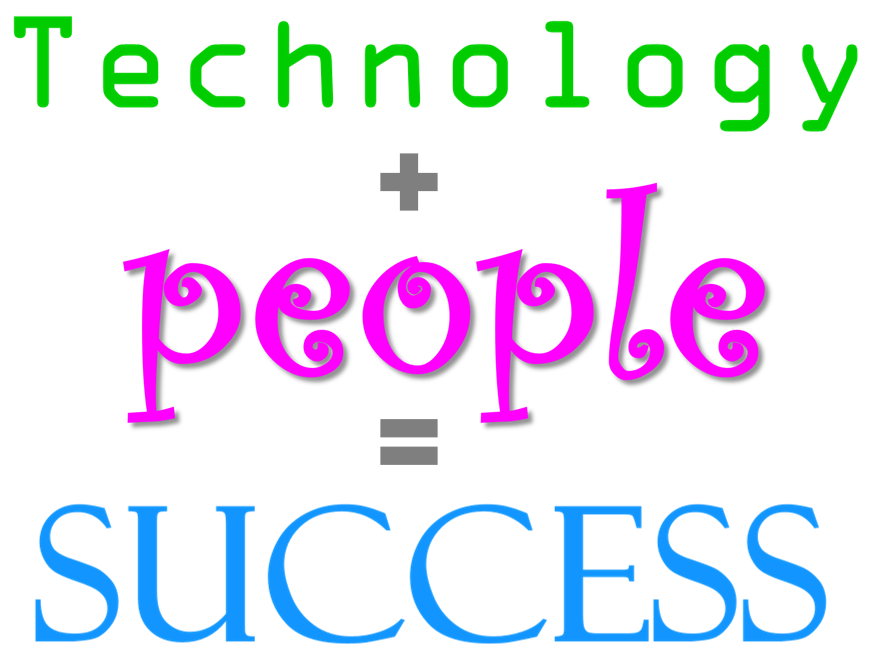In the last year and a half, pretty much the whole working world went virtual during the Coronavirus pandemic. Whether it was meetings or conferences, the use of Zoom, Teams and so on sky rocketed, “Zoom fatigue” became a thing and we often felt the disconnect when were previously used to so much face-to-face contact.
A new report “Virtual classrooms, finding the human focus in live online learning” has been released from Acteon, based on survey results that were run around a series of webinars I ran with Acteon in 2020. The introduction of the report asks:
“How do you interpret your audience’s level of engagement and understanding when you’re not in the same physical space?”
Underlying this question is the need for us to consider how we feel about live online learning and how we can then deal with the issues it presents and make the most of the opportunities available to us.
On a webinar in April 2021 I had 136 people contributing to a word cloud telling me what “virtual classroom” meant to them (see below and click for a larger version).
The larger words show some of the most contributed answers, such as: flexibility, opportunity, engagement, interaction, learning and more.
But also there are words such as: challenging, impersonal, no network and more.
The Acteon report looks at these challenges of human connection when we are remote from each other as well as how facilitators can respond to participants and overcome these challenges.
For example the report highlights difficulties of gauging people’s responses when live online, such as “there is a huge reduction in the non-verbal communications we pick up on in physical proximity.” This is probably one of the biggest issues we hear from people that we support to design and delivery virtual classrooms and webinars. It’s understandable as it’s not what most people were used to before the global pandemic. During the pandemic a lot of people got used to this very quickly, but it was often framed as something challenging, not as good as face-to-face and certainly temporary.
I’m a huge advocate of live online learning but I absolutely agree that the physical classroom is still relevant and, once Covid-secure, not going anywhere. As with any learning intervention, there’s always the right tool for the job. Even as lockdowns lift and vaccinations get out to more people, live online learning is here to stay. Not only is it cost-effective and more environmentally friendly than travelling to physical spaces, it’s safer too.
But there’s that nagging issue of missing the non-verbal communication.
Techniques and tools to help with virtual facilitation
Interaction and engagement within the platform, and with external tools (such as Mentimeter, Padlet and so on) are crucial for that human connection. It’s different from when we are face-to-face, but we can learn new tools to make the most of the time we are together live online. In the Acteon report facilitators were asked about the range of tools they used, with 89% using chat, 83% polls and over half (52%) using whiteboards/annotation. These are all fantastic tools to get people involved with the topic, with each other and with the facilitator, so that the feedback loop we are used to with other people is something that we can still utilise.
The use of chat by so many facilitators is excellent, though there are still 11% of those saying that they don’t use it. You can read more about my experience of using chat in live online sessions here.

Chat is a great example of taking what you want to do face-to-face – have a connection with real people, get to know their needs and where they are in their learning journey – whilst also making the most of what the technology can give you. Do you find sometimes you spend a long time getting lots of verbal answers in your physical classroom? With chat everyone can answer at the same time. Don’t like people whispering in your physical sessions, yet they want to communicate? Again, chat allows this without interrupting people, especially private chat. And what about people wanting to contribute or ask questions but not interrupt the conversation or delivery flow? You’ve guessed it, chat is great for that too! It’s not all about using chat, but it’s an example of what you can do, an easy way to start and a great place to develop your skills.
Virtual classroom strategies and digital body language
The GP Strategies 2019 Voice of the Learner report highlights that 42% of respondents want to learn in a classroom with a group and 38% want to collaborate with others wanting to learn the same thing*. In their report they highlight that this is about sharing experiences, asking questions and hearing what others are asking. This can all be applied to virtual classrooms and highlights the importance of something like the use of the chat tool for just these reasons.
The Acteon report contains five strategies for humanising the virtual classroom, including a quote from me about socialising learning so that facilitators can “start to use these social interactions to get the most from digital body language.”

Digital body language does exactly what it says – it’s reading people in ways that aren’t physical. It’s great if you have your attendees on webcam, but that’s not always the case, and being able to use a range of tools and techniques, just like we do when in a physical classroom, is imperative for being a great virtual facilitator. You can find out more about digital body language here.
You can download the Acteon report to find out more about the five emerging practices for humanising the virtual classroom.
* Mirjam Neelan rightly points out that learner preferences aren’t always the best way to design learning and you can read more about evidence-informed practice here.
Lightbulb Moment: live online training for your team
We offer training courses, a community forum for support, and a whole host of free resources such as videos and podcasts to help you make your live online learning not just as good as face-to-face – but perhaps even better!



